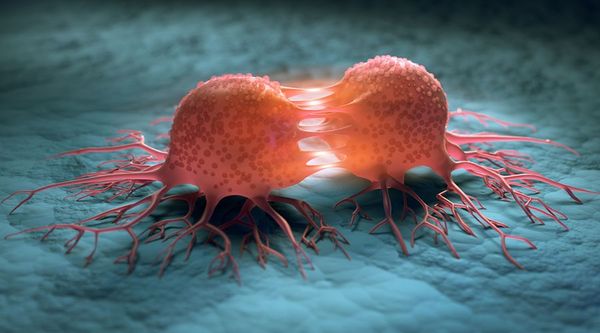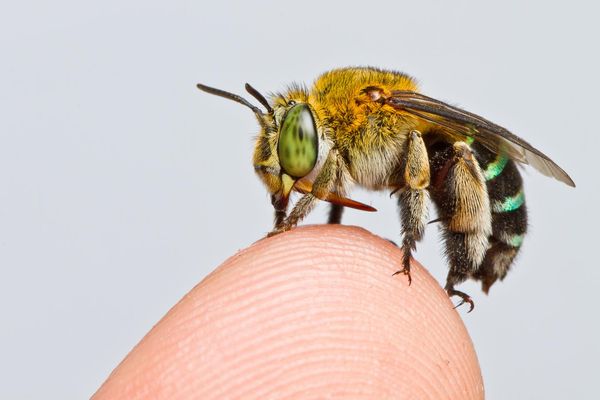Crafting Human Embryo Models from Skin Cells

Introducing iBlastoids
Scientists have created iBlastoids, a cutting-edge in vitro model of human blastocysts that outperforms existing systems. These mini replicas accurately mimic the structure of natural blastocysts and can generate both pluripotent and trophoblast stem cells.
What’s cool about them
Not only do iBlastoids effectively model early implantation stages, but they also offer a scalable and manageable platform for studying human blastocyst biology. Unlike previous approaches for generating blastoids, this method is uncovered by studying the behavior of reprogramming intermediates instead of the assembly of pre-existing stem cell lines. This breakthrough opens doors for exploring early development, studying gene mutations and toxin effects, and advancing therapies related to in vitro fertilization.
The Art of Crafting iBlastoids
The Polo Lab harnessed the power of nuclear reprogramming to craft iBlastoids. This intricate process involved a strategic manipulation of the cellular identity of human skin cells. Picture it as a molecular makeover where the lab's skilled technicians altered the genetic script, turning mundane skin cells into something extraordinary.
The real genius unfolded when these genetically tweaked cells were introduced to a 3D scaffold known as the extracellular matrix. In this microscopic arena, the cells managed to self-organize into structures remarkably reminiscent of blastocysts. Behold, the iBlastoids emerged—a testament to the precision and artistry of molecular engineering.

iBlastoids: paving the way for a new era of embryonic modeling!
iBlastoids show promise for diverse applications, from studying early cell transitions to exploring developmental diseases, infertility, pregnancy loss, and even gene therapy. Despite their potential, ethical considerations and their full developmental scope await international discussions.
Reference: https://www.nature.com/articles/s41586-021-03372-y




